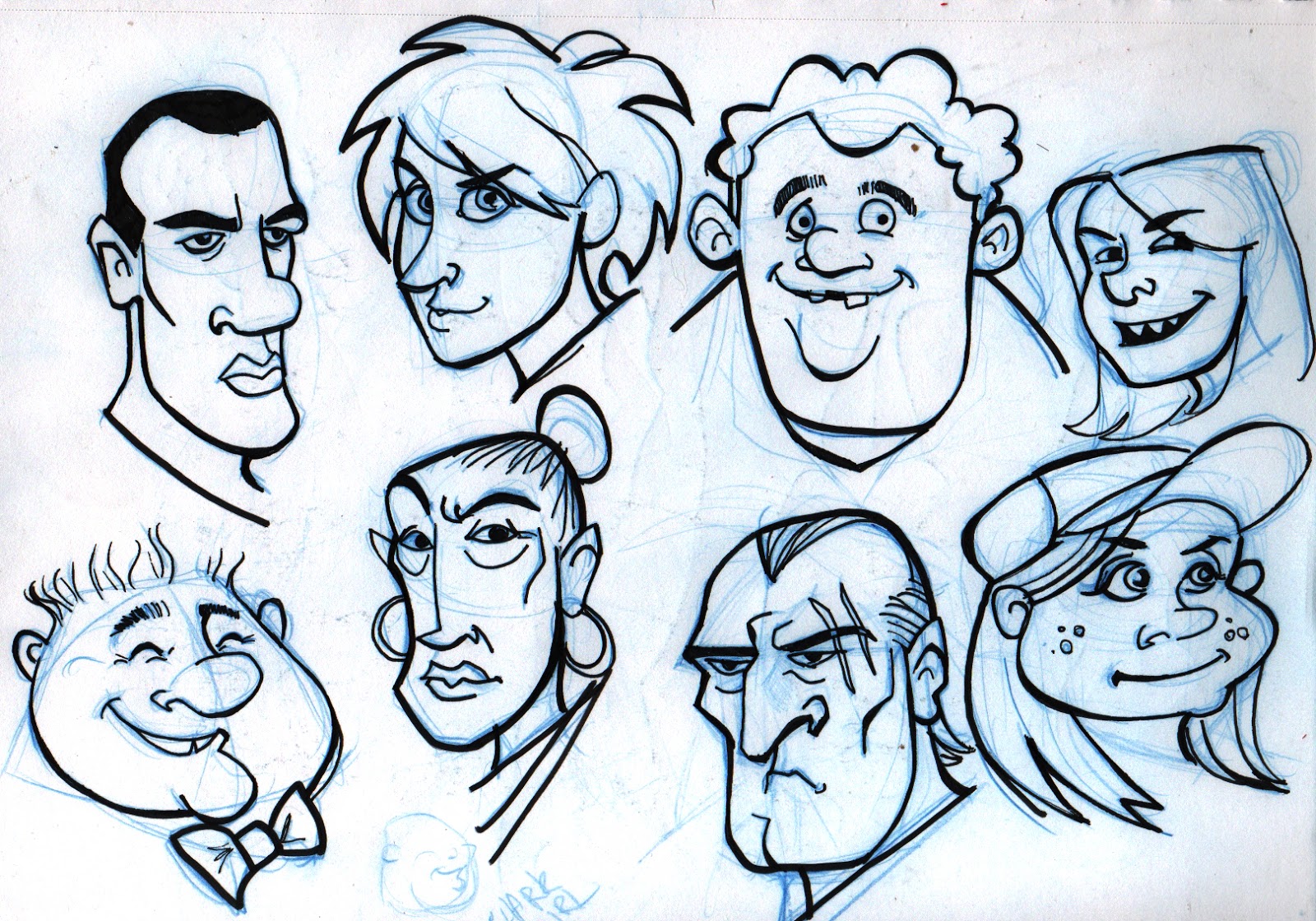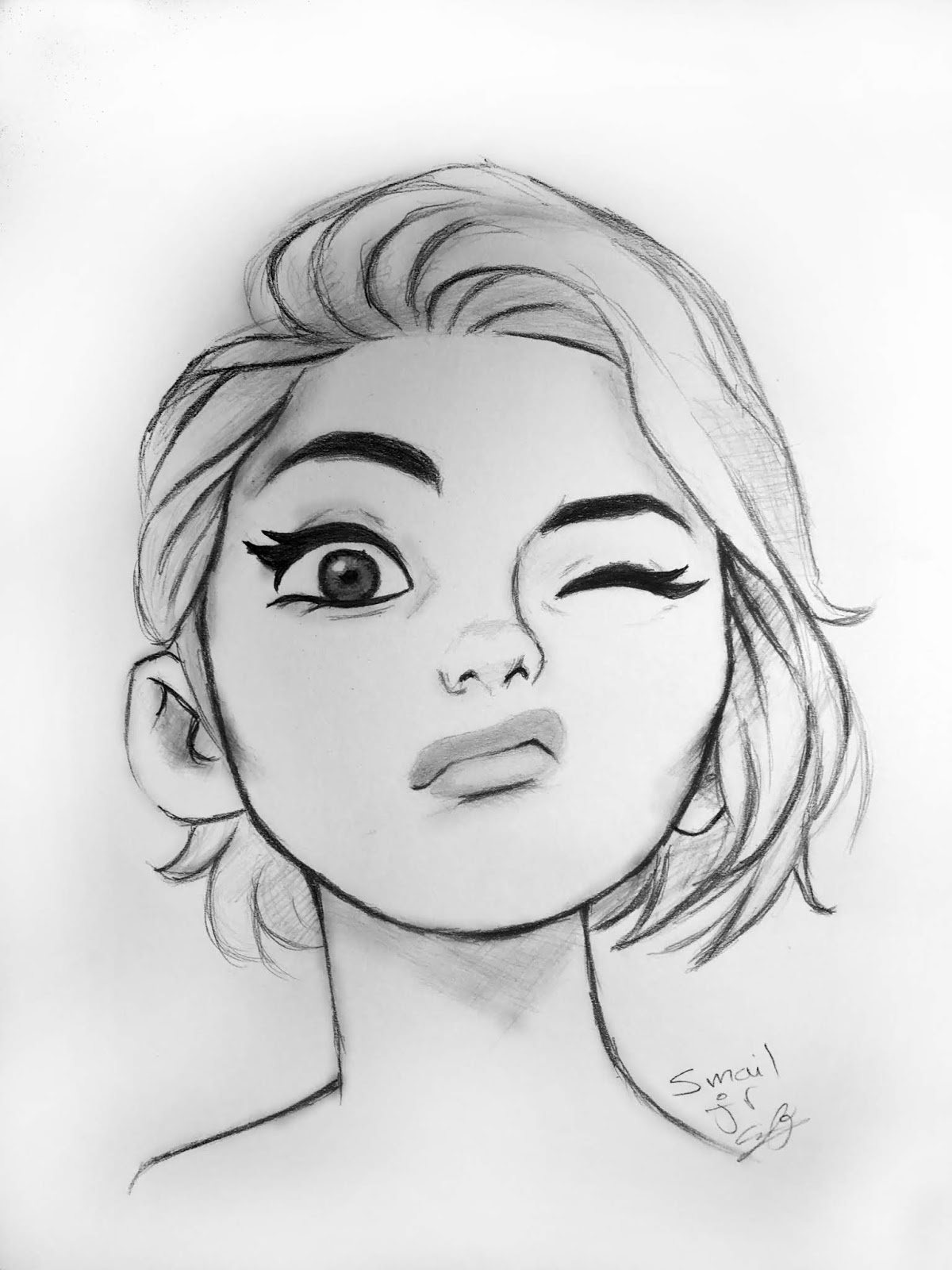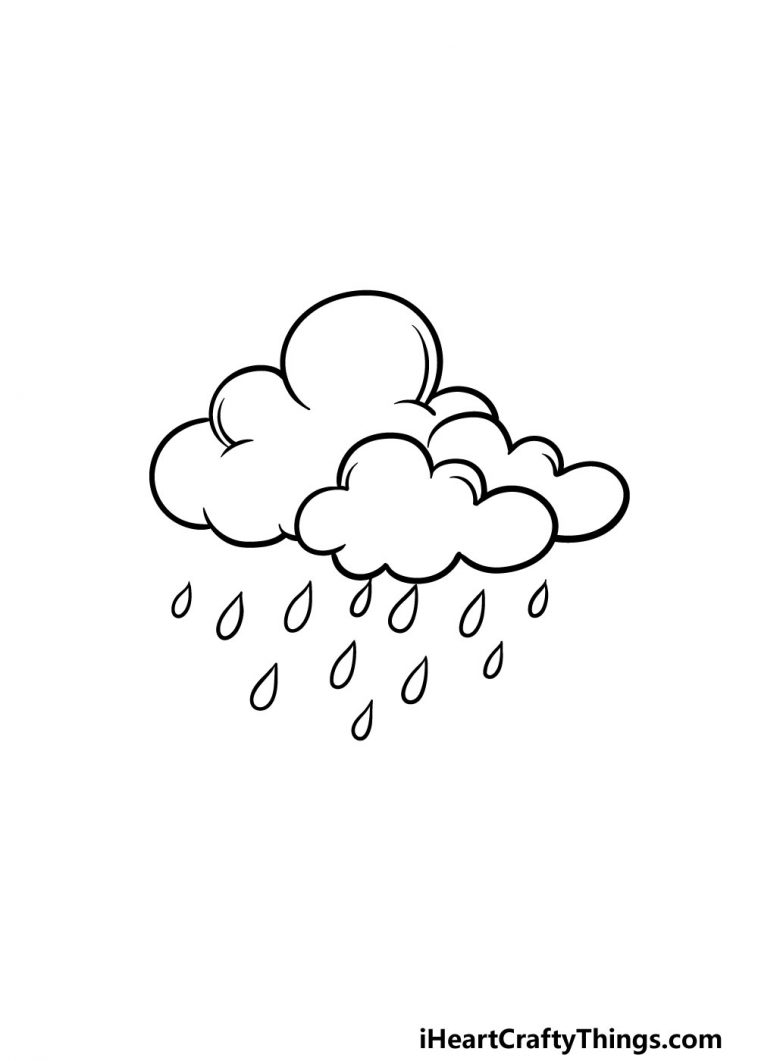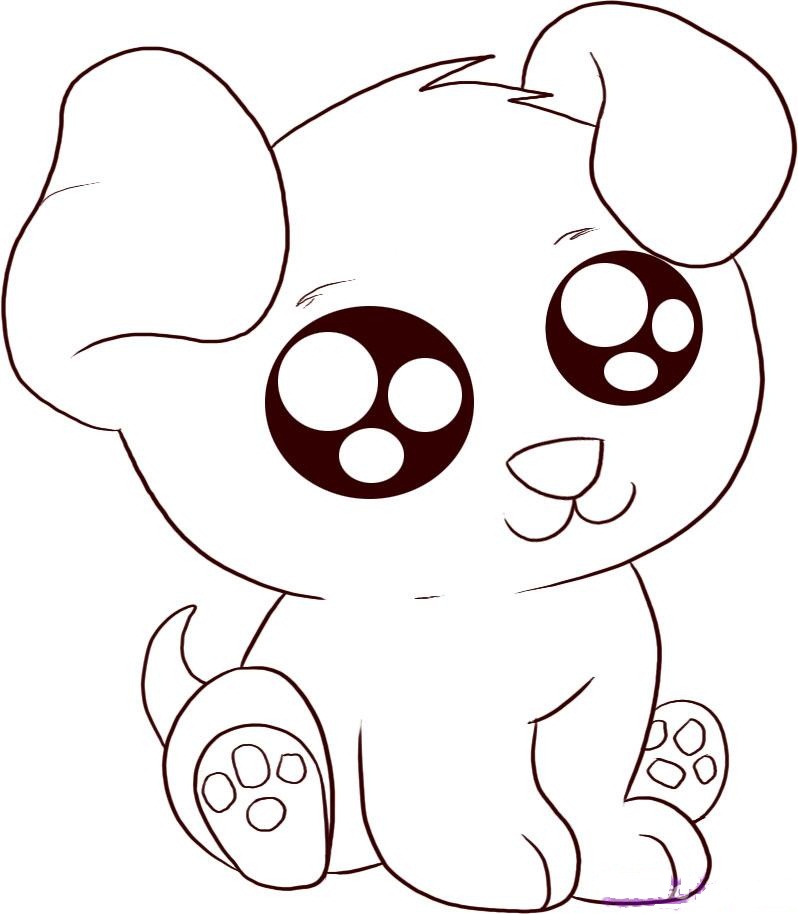Joe pearman art cartoon faces week 2
Table of Contents
Table of Contents
If you’re interested in drawing, learning how to draw cartoon faces is a fun and exciting challenge. Cartoon faces are iconic and recognizable, making them a valuable skill to have as an artist. However, mastering this art can seem intimidating at first. It’s important to remember that even the most skilled cartoonists started with the basic fundamentals. So, don’t be discouraged if you’re a beginner, and keep reading to learn more about how to draw cartoon faces.
When it comes to drawing cartoon faces, there are a few common pain points that people tend to experience. For instance, understanding proportions and features can be challenging. Knowing how to convey specific expressions and moods can also be difficult. Additionally, it’s important to develop your own style while staying true to the recognizable elements of cartoon faces.
The first step in drawing cartoon faces is to understand the basic proportions. The head should be roughly circular, with the eyes taking up roughly the center ⅓ of the horizontal space. The nose sits slightly below the eyes, and the mouth is placed roughly between the nose and the chin. Once you have these basic proportions, it’s easy to adjust them to create a variety of different characters.
Now that you know the basic proportions, it’s time to focus on the features. The eyes are typically the most expressive part of the face in cartoons, so pay attention to the size, shape, and orientation of the eyes. The same goes for the nose and mouth; different shapes and sizes will convey different emotions and moods. Don’t forget to add eyebrows and other details as well.
Adding Personal Style
When it comes to drawing cartoon faces, adding your own personal style is key to creating memorable and recognizable characters. One way to do this is by experimenting with different facial features and expressions. Try exaggerating certain features, like the size of the eyes or nose. Another way to add your own personal style is by experimenting with different coloring techniques, like pastels or watercolors.
Making Faces that Stand Out
If you want your cartoon faces to really stand out, there are a few key things to keep in mind. First, focus on creating unique features for each character. For instance, think about adding an unusual hairstyle or distinctive glasses. Second, pay attention to the background and environment. Adding details like objects or scenery can give your characters more personality and context. Finally, don’t be afraid to experiment with different styles and techniques to make your cartoon faces truly unique.
Different Styles of Cartoon Faces
There are many different styles of cartoon faces that you can choose from, depending on your personal preferences and what you want to convey. For example, you might choose a more realistic style with detailed shading and intricate facial features. Alternatively, you might opt for a simpler, more stylized approach with bold outlines and bright colors. Finding the right style for your cartoon faces comes down to experimentation and finding what resonates with you.
Emotions and Expressions
Cartoon faces are all about expressing emotions and moods. To make your characters come alive, focus on creating unique expressions that convey different emotions. For example, a raised eyebrow and a frown might convey confusion or skepticism, while a wide smile and raised cheeks might show joy or excitement. Experimenting with different expressions and emotions will bring your cartoon faces to life.
Question and Answer
Q: What is the most important thing to keep in mind when drawing cartoon faces?
A: The most important thing to remember when drawing cartoon faces is to have fun and experiment. Don’t be afraid to try different techniques and approaches until you find the style that works for you.
Q: Can I use a reference when drawing cartoon faces?
A: Absolutely! Using a reference can be a helpful way to understand proportions, facial features, and expressions. Look for pictures online or in books to use as a guide.
Q: How do I come up with unique expressions for my cartoon faces?
A: One way to come up with unique expressions is to think about different emotions and situations. For instance, what does the character look like when they’re surprised, angry, or happy? Try experimenting with different facial features and postures to create unique expressions for each emotion.
Q: Should I use a specific coloring technique for my cartoon faces?
A: The coloring technique you use will depend on your personal preference and the style you’re going for. Experiment with different coloring techniques like pastels, watercolors, or digital coloring to see what works best for you.
Conclusion of how to draw cartoon faces
Learning how to draw cartoon faces is a fun and rewarding endeavor. By understanding the basic proportions and features, experimenting with different styles, and focusing on creating unique expressions, you’ll be on your way to creating memorable and recognizable characters in no time. Remember to have fun with the process and don’t be afraid to experiment!
Gallery
Cartoon Face Pencil Drawing - Smail Jr

Photo Credit by: bing.com /
Joe Pearman Art: Cartoon Faces Week 2

Photo Credit by: bing.com / cartoon faces draw character week pearman joe fun
Cartoon Face Pencil Drawing - Smail Jr

Photo Credit by: bing.com / pencil drawing cartoon face cute drawings faces sketches speed
Ознакомьтесь с этим проектом @Behance: «Character Expressions» Https

Photo Credit by: bing.com / drawing face character boy simple cartoon expressions faces drawings animation good draw sketches behance little disney anime human sketch expression
How To Draw Cartoon Faces, Step By Step, Drawing Guide, By Dawn - DragoArt

Photo Credit by: bing.com / cartoon faces draw drawing dragoart step guide





